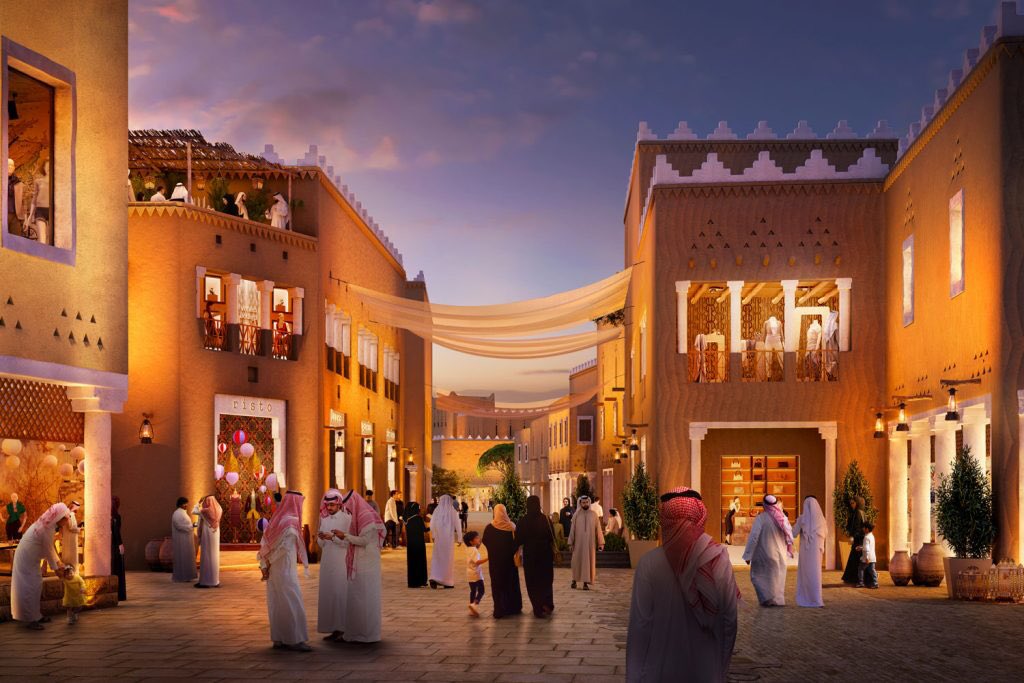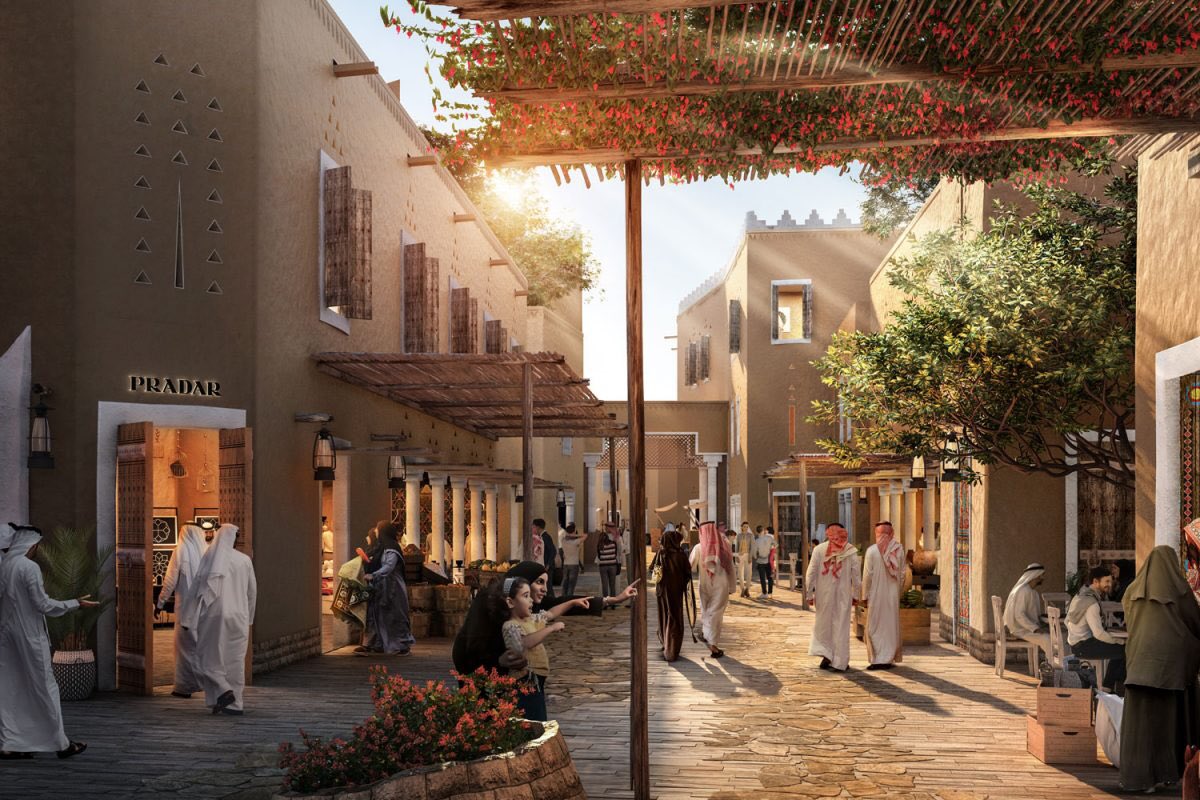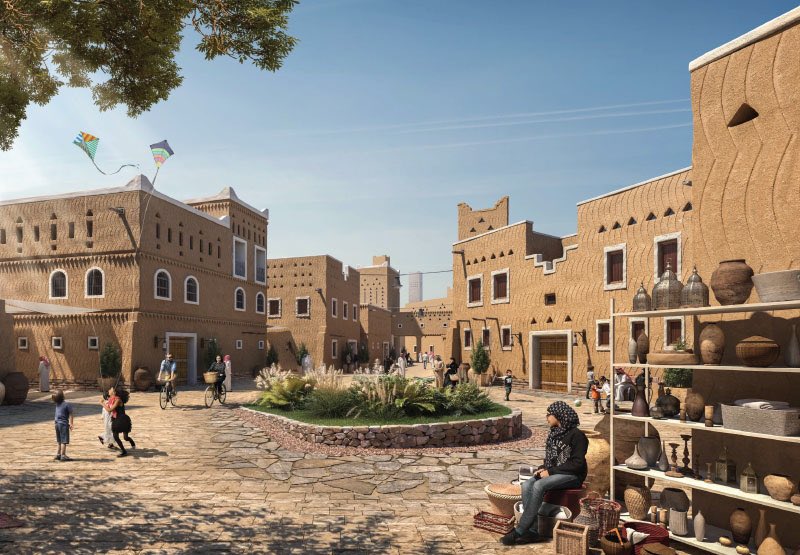Colin Nagy | January 24, 2023
The Diriyah Gate Edition
On Saudi Arabia, urban planning, and culture.
Colin here. In its bid to reshape its economy, boost tourism, and bolster interest, Saudi Arabia has been a big fan of the blockbuster speculative development. They usually have sci-fi names that sound like someone hired McKinsey for branding: AlUla, Neom, The Line, etc. And publications can’t help but run articles based upon these audacious, far from complete developments. Case in point, The Line, a long, mirror-like continuous development cutting through the landscape, got a Bloomberg profile without any ground being broken.
The irony here is the Middle East also has roots in problem-solving architecture, intelligent planning, and urbanism. In fact, early dwellings in the UAE (and the wider region) had interesting designs to allow the wind and air to circulate and cool the buildings. Traditional villages were built around human interaction and other necessities being within walking distance.
This is why I was heartened to see a new development in Saudi that hewed a bit closer to this history and these principles:





Named Diriyah Gate, it is a development that is not focused on this sci-fi futurism of hyper-luxury, but rather on modernizing and placing history and culture in context.
Why is this interesting?
According to the project, “At the heart of the development is the At-Turaif UNESCO World Heritage Site, an iconic mud-brick city, and the home of the First House of the Al Saud family and capital of the First Saudi State, preserved and restored for future generations.”
But what is striking to me is these are human-scale developments. There are walkable shopping areas, integrated commercial areas, and places to live. Sure, it will be a tourist draw for people wanting to explore outside of Riyadh, but if executed well, it will be an interesting foray for the Middle East into urbanism and nuance rather than the arms race between Dubai, Qatar, and Saudi on bigger, better and more opulent.
Indeed, many Gulf capitals are so reliant on cars that the notion of having a walkable, village-like feel is interesting. But the emphasis here comes down to execution: done incorrectly, this could have a Disney attraction-like feel—similar to other poorly-executed Gulf developments that can feel synthetic and homogenized. But if done with taste and finesse, it could be a modern twist that puts actual culture and history front and center, while framing modernity (posh restaurants, shopping) nicely. (CJN)
WITI Classifieds:
We are experimenting with running some weekly classifieds in WITI. If you’re interested in running an ad, you can purchase one through this form. If you buy this week, we’ll throw an extra week in for free on any ad. If you have any questions, don’t hesitate to drop a line.
For 10 years, this has been the go-to newsletter for people who like to keep up with what’s exciting in design, books, beauty, food, & more. Subscribe
Daly is a comms+ agency that reaches beyond the standard PR playbook to deliver results (and some magic) for our exceptional clients. Check us out
The Intermodal Spirit. Writing about Exploring, Relating, and Being. Available by newsletter or online. Subscribe here.
—
Thanks for reading,
Noah (NRB) & Colin (CJN)
—
Why is this interesting? is a daily email from Noah Brier & Colin Nagy (and friends!) about interesting things. If you’ve enjoyed this edition, please consider forwarding it to a friend. If you’re reading it for the first time, consider subscribing.


